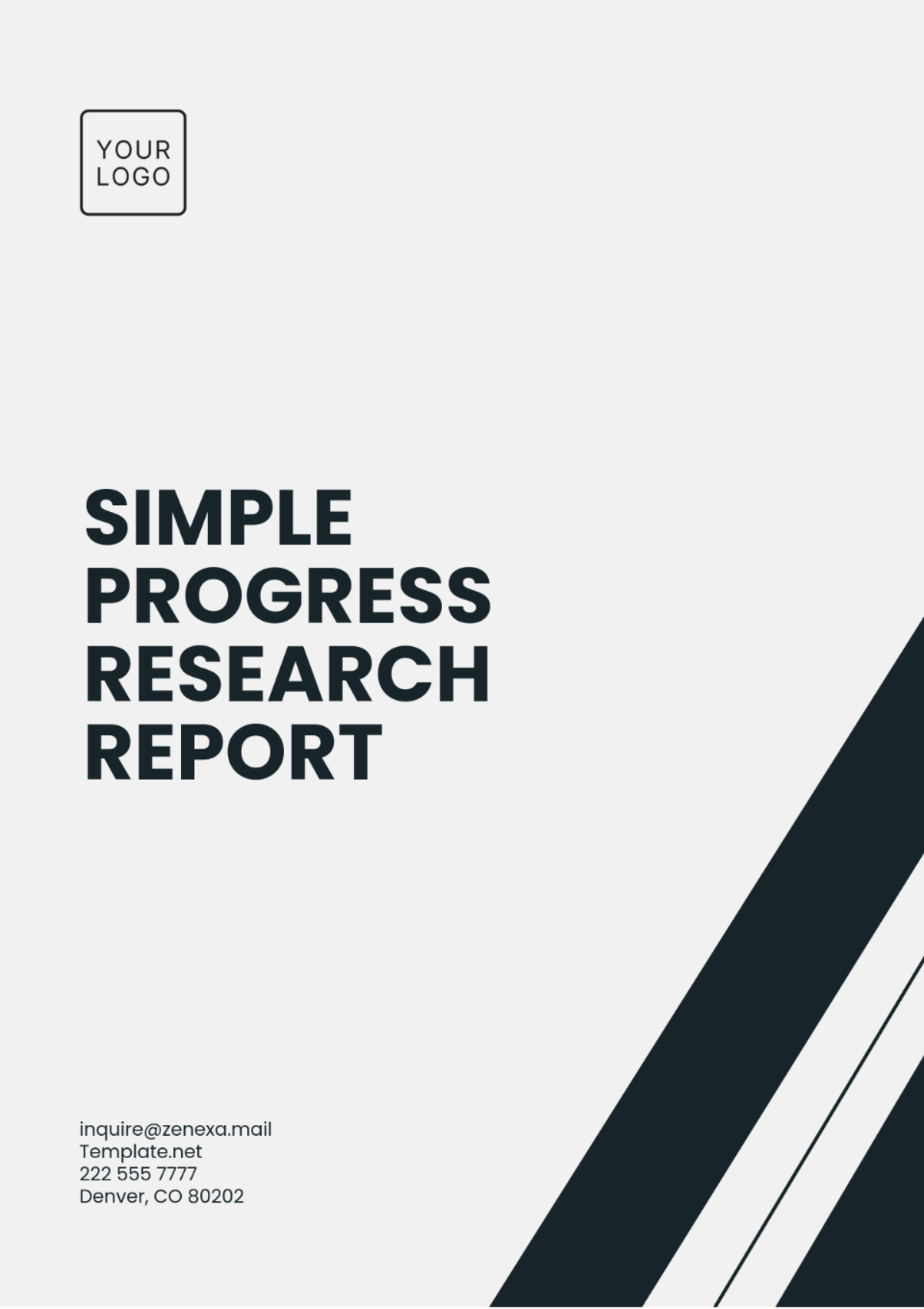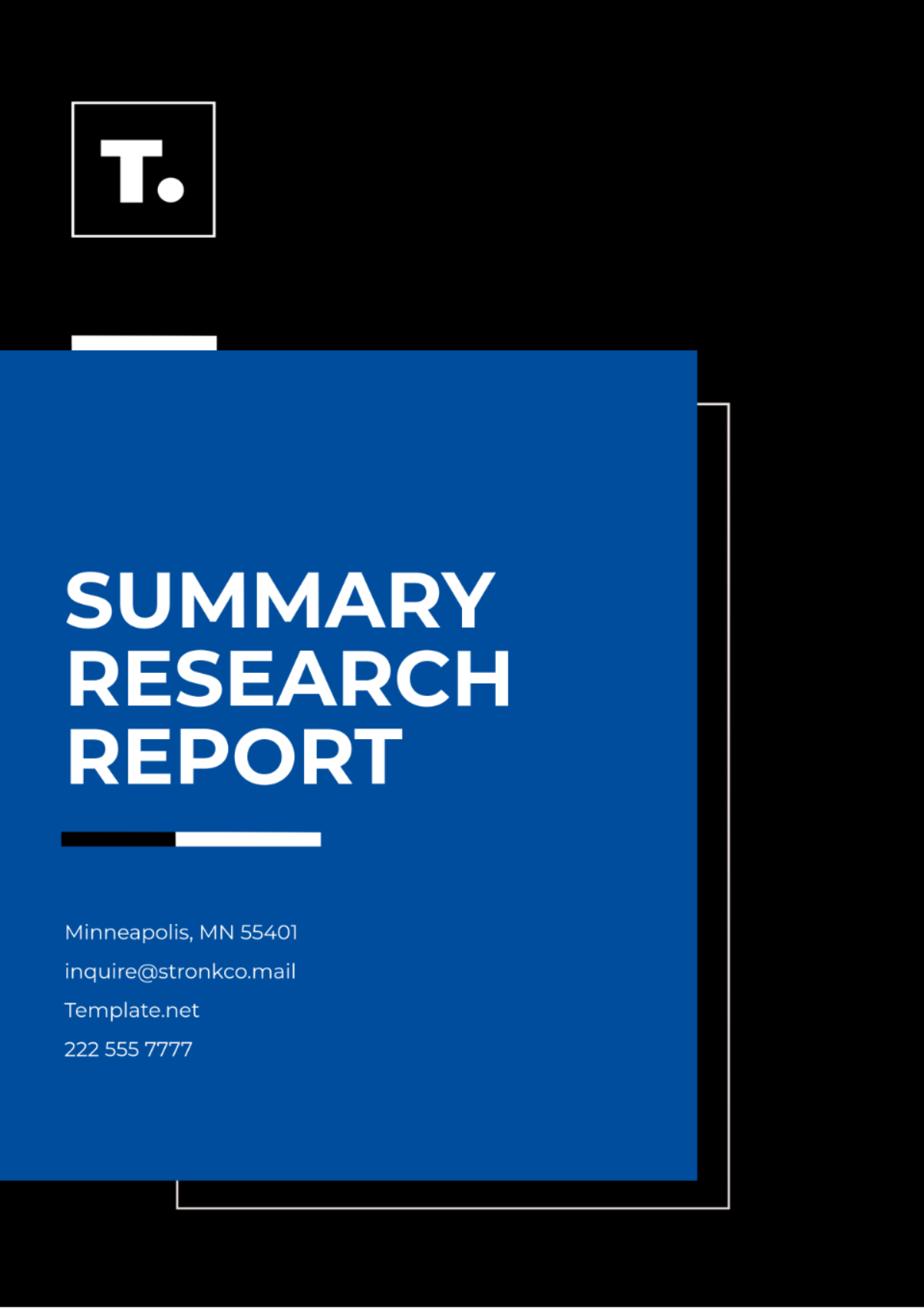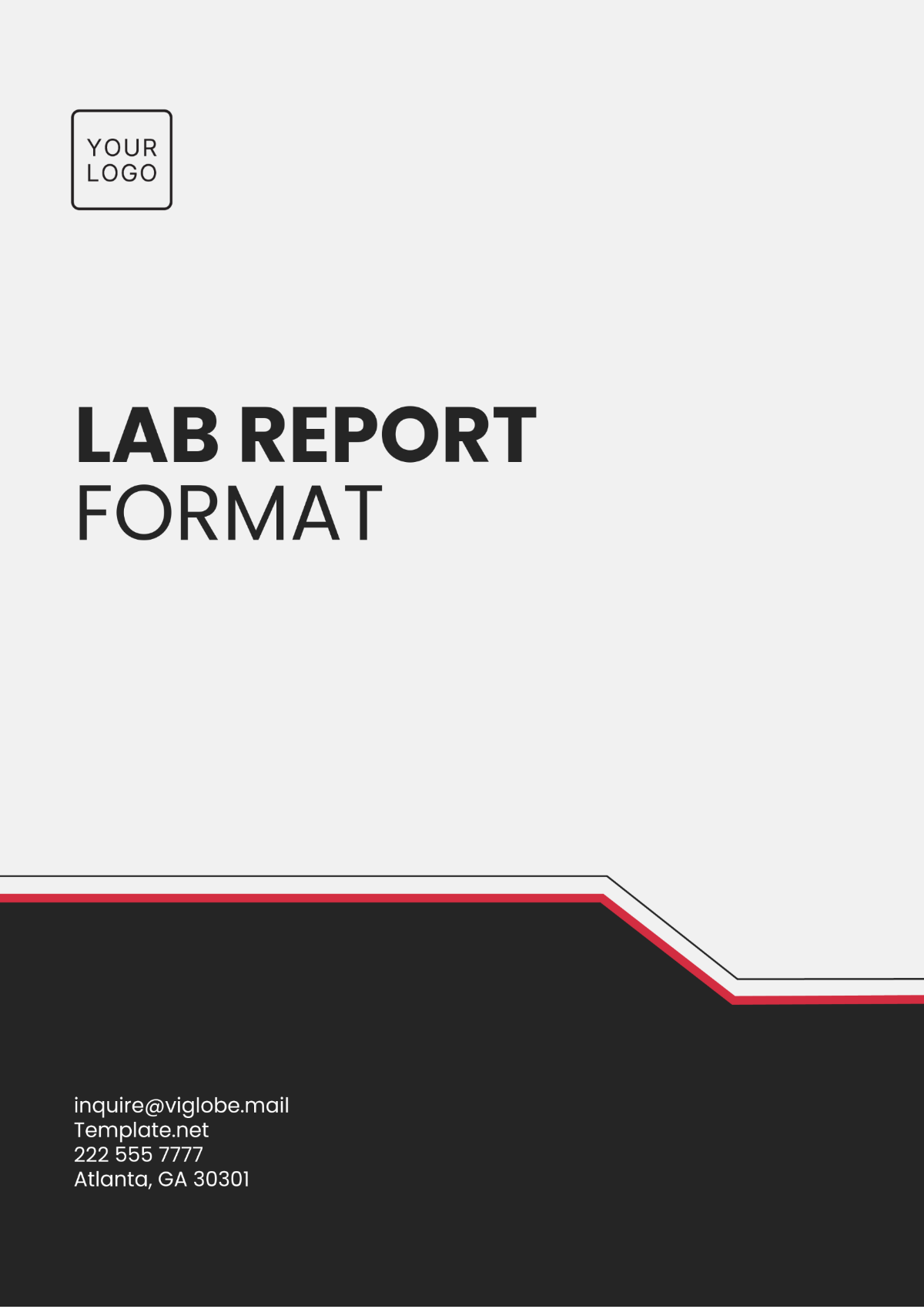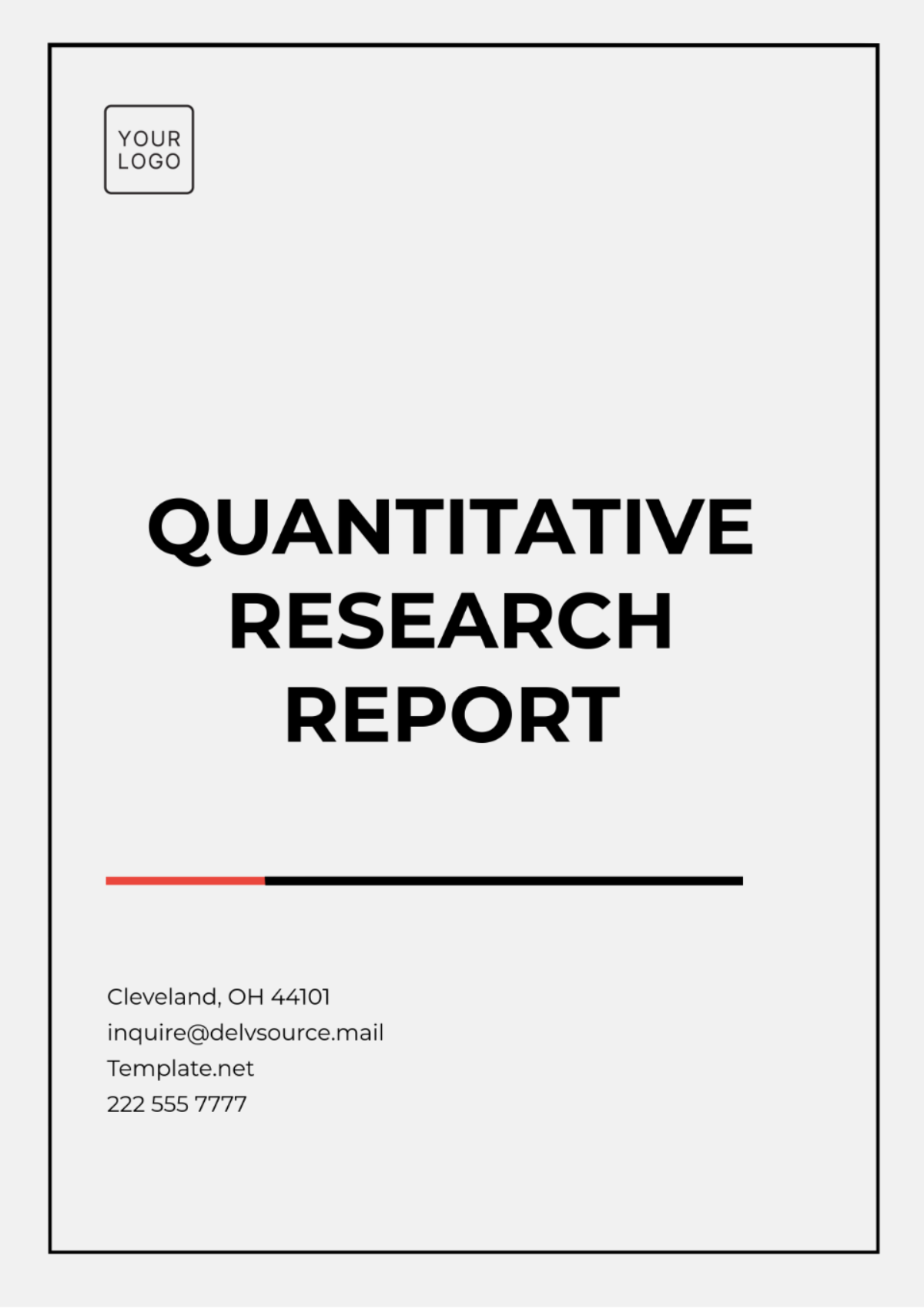Doctoral Dissertation Lab Report
Abstract
This section provides a concise overview of the research objectives, methodology, key findings, and conclusions. For instance, this study investigates the impact of cognitive-behavioral therapy (CBT) on anxiety levels in adults aged 20-40. Utilizing a randomized controlled trial with 100 participants, the research finds a significant reduction in anxiety symptoms post-intervention, demonstrating CBT's efficacy in clinical settings.
Introduction
The introduction establishes the context and relevance of the research, addressing the rising prevalence of anxiety disorders among adults and the need for effective therapeutic interventions. A review of existing literature highlights the limitations of current treatment options and identifies a gap in longitudinal studies assessing CBT's long-term effects. This study aims to fill this gap by evaluating the efficacy of CBT over six months.
Significance
The research is significant as it addresses the growing need for evidence-based interventions for anxiety disorders. The study’s findings could influence clinical practices, offering therapists a validated approach to improve patient outcomes. Theoretical implications include enhancing understanding of CBT's mechanisms, while practical implications involve integrating these findings into therapeutic protocols and policy-making.
Objectives
To assess the effectiveness of CBT in reducing anxiety symptoms in adults aged 20-40.
To evaluate the sustainability of CBT’s effects over six months.
To compare CBT's efficacy with alternative therapeutic interventions such as pharmacotherapy.
Methods
Participants
Sample Size: 100 participants
Age Range: 20-40 years
Gender Distribution: 60% male, 40% female
Inclusion Criteria: Adults diagnosed with generalized anxiety disorder (GAD) and no prior CBT experience
Exclusion Criteria: Individuals with severe comorbid psychiatric disorders or contraindications for CBT
Procedures
Step 1: Initial consultation and briefing, including informed consent procedures.
Step 2: Obtaining consent from participants, ensuring they understand study requirements.
Step 3: Data collection process using standardized anxiety assessment tools such as the Beck Anxiety Inventory (BAI).
Step 4: Application of experimental treatments, where participants undergo a 12-week CBT program.
Step 5: Monitoring and follow-up assessments at three and six months post-treatment.
Materials
Material 1: Beck Anxiety Inventory (BAI) - A 21-item questionnaire assessing the severity of anxiety symptoms.
Tool 1: Cognitive Behavioral Therapy Workbook - A guide for CBT exercises used in the intervention.
Equipment 1: Data recording software - Used for managing and analyzing participant data.
Data Analysis
Statistical Tests: Analysis of variance (ANOVA) and paired t-tests were employed to evaluate pre- and post-intervention anxiety scores.
Software Used: SPSS version 28 for statistical analysis and visualization of data trends.
Results
Quantitative Results
Variable: Anxiety Score Reduction
Pre-Intervention Value: M = 24.3 (SD = 5.6)
Post-Intervention Value: M = 15.2 (SD = 4.2)
Qualitative Results
Example Quote: "Participant reported a significant improvement in daily functioning and reduced anxiety levels after completing the CBT program."
Discussion
Interpretation of Results: The study confirms CBT’s effectiveness in reducing anxiety symptoms, aligning with previous research by Hofmann et al. (2012) on CBT's efficacy.
Implications: Findings suggest CBT should be considered a primary intervention for GAD. Potential policy implications include integrating CBT into standard therapeutic practices.
Limitations: Study limitations include the short follow-up period and lack of diversity in the sample population.
Future Research: Further studies should explore CBT’s long-term effects and its effectiveness across different cultural contexts.
Conclusion
Summarize key findings, emphasizing CBT's significant impact on reducing anxiety. The study contributes valuable insights into anxiety treatment and underscores the importance of continued research in therapeutic interventions.
References
Provide a comprehensive list of sources cited, formatted in APA style
Appendices
Raw Data: Participant anxiety scores pre-and post-intervention.
Additional Tables: Detailed statistical analyses and data distributions.
Questionnaire Samples: Copies of the Beck Anxiety Inventory used in the study.
Detailed Procedural Descriptions: Step-by-step protocol for the CBT intervention.

















































